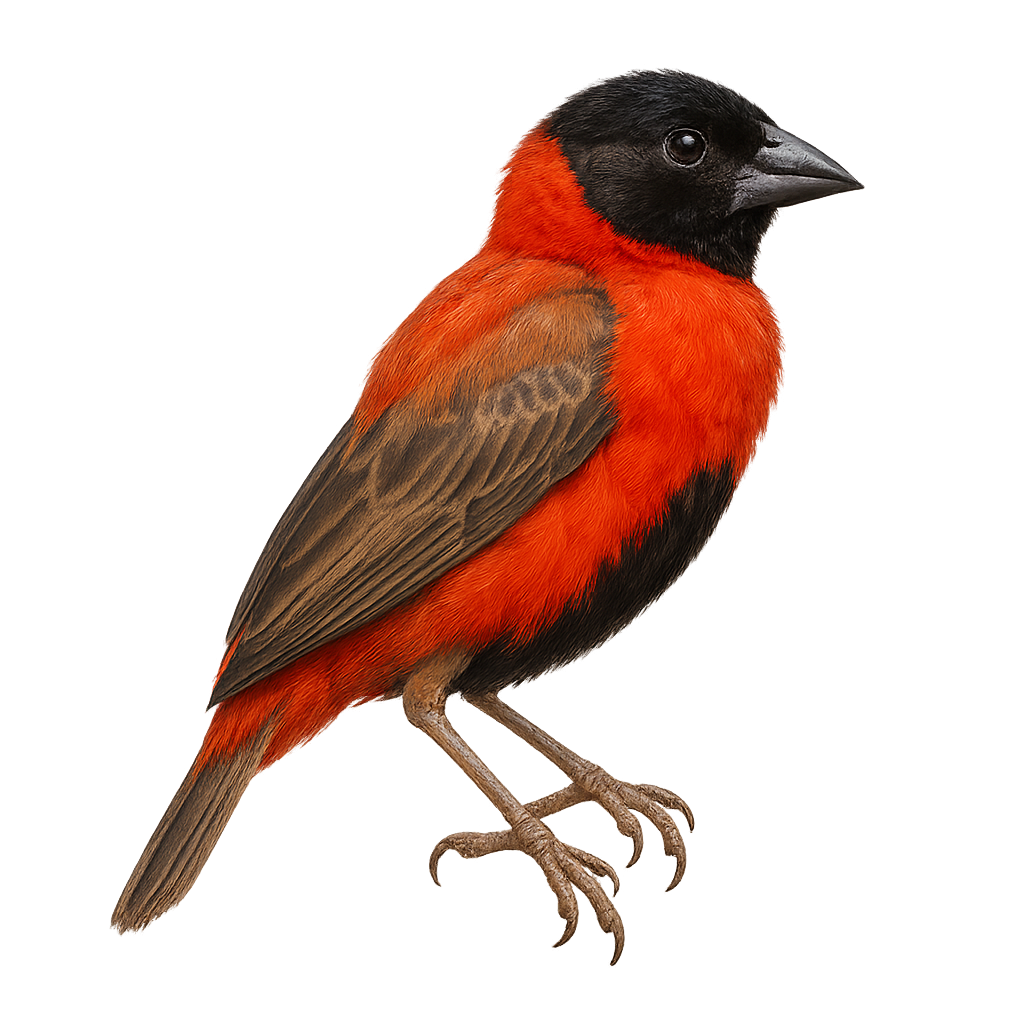Your wildlife photography guide.
Explore the northern red bishop in detail, study its behavior, prepare your shots.
Where to observe and photograph the northern red bishop in the wild
Learn where and when to spot the northern red bishop in the wild, how to identify the species based on distinctive features, and what natural environments it inhabits. The WildlifePhotographer app offers tailored photography tips that reflect the northern red bishop’s behavior, helping you capture better wildlife images. Explore the full species profile for key information including description, habitat, active periods, and approach techniques.
Northern Red Bishop
Scientific name: Euplectes franciscanus

IUCN Status: Least Concern
Family: PLoceidae
Group: Birds
Sensitivity to human approach: Suspicious
Minimum approach distance: 10 m
Courtship display: June to September
Incubation: 12-14 jours
Hatchings: June to October
Habitat:
Savannas, marshes, wet grasslands
Activity period :
Primarily active during the day, with peak activity in the morning and late afternoon.
Identification and description:
The Northern Red Bishop is a small African bird with striking plumage, especially during the breeding season. Males display bright red feathers with black wings and tail, while females and non-breeding males have duller, brownish tones. These birds inhabit savannas, marshes, and wet grasslands in sub-Saharan Africa. They are known for their social behavior and spectacular courtship displays, where males puff up their feathers to attract females. Their diet mainly consists of seeds, but they also consume insects. Although they are widespread, their habitat is threatened by deforestation and agricultural expansion.
Recommended lens:
400 mm – adjust based on distance, desired framing (portrait or habitat), and approach conditions.
Photography tips:
To photograph the Northern Red Bishop, it's advisable to use a 400mm lens or longer to capture the details of its striking plumage without disturbing it. Look for open areas near marshes or wet grasslands where these birds are active, especially during the breeding season. Be patient and discreet, as they can be suspicious. Use a tripod to stabilize your camera and wait for the male to perform its courtship display for spectacular shots.
The WildlifePhotographer App is coming soon!
Be the first to explore the best nature spots, track rutting seasons, log your observations, and observe more wildlife.
Already 1 430 wildlife lovers subscribed worldwide

